Have you ever written a bunch of loops and conditional statements just to build a list that meets specific criteria? — That feeling is really cumbersome.
Python list comprehensions are like the “condensing technique” of the coding world, compressing complex logic into a single line of code. Today, we will not only learn about this powerful feature but also combine it with DeepSeek to see how enjoyable Python programming can be in the AI era!
What is a List Comprehension?
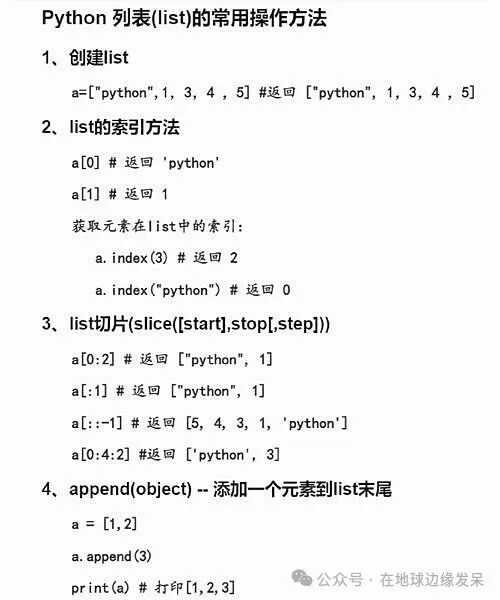
In simple terms, a list comprehension is a concise way to create a list using a single line of code.
python run copy # Traditional way
squares = []
for i in range(10):
squares.append(i * i)
List Comprehension
squares = [i * i for i in range(10)]
Do you see the difference? One is 5 lines, the other is 1 line. But it’s not just about saving code…
Its basic syntax is: [expression for variable in iterable if condition]
Where the if condition is optional.
Why Use List Comprehensions?
Performance is great, really great — it’s faster than traditional for loops and more memory efficient.
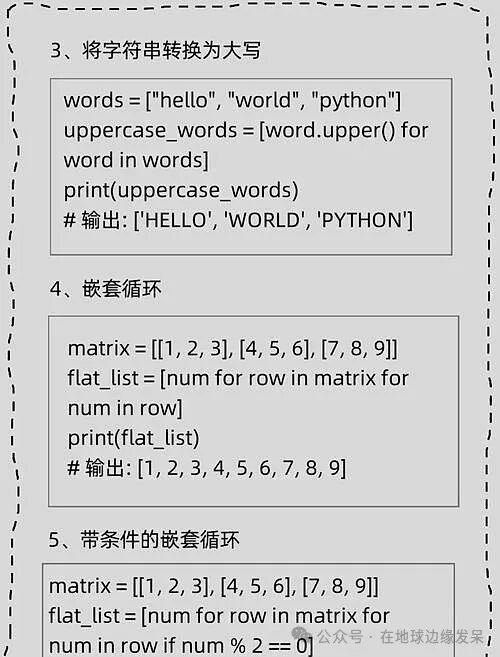
Code readability? It’s absolutely fantastic. You can tell at a glance what you’re doing.
Conciseness? I don’t even need to say it. It’s short enough to make you excited.
But it’s not suitable for all situations! Complex logic can actually make the code harder to understand. Knowing when to use it and when not to — that requires experience and judgment.
DeepSeek + List Comprehensions: A Powerful Combination
First, install the necessary library:
python run copy pip install deepseek-ai
What is DeepSeek? A powerful AI large model. When we call it with Python to process data, list comprehensions are simply the perfect partner.
Basic Usage: Processing Results Returned by DeepSeek
Suppose we generated multiple text results with DeepSeek and want to extract keywords from each result:
python run copy from deepseek import DeepSeekCompletion
Initialize DeepSeek
deepseek = DeepSeekCompletion(api_key=”your_api_key”)
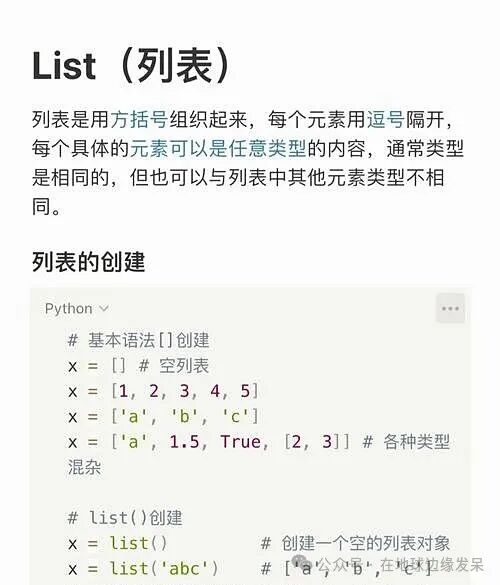
Generate Multiple Texts
prompts = [“Explain Python basics”, “Introduce machine learning”, “Analyze data science”]
responses = [deepseek.generate(prompt=p).text for p in prompts]
Suppose we want to extract the first 50 characters from each response
previews = [resp[:50] + “…” if len(resp) > 50 else resp for resp in responses]
Or extract responses containing “Python”
python_related = [resp for resp in responses if “Python” in resp]
See that? — List comprehensions make AI data processing so smooth!
Advanced Techniques: Nested Comprehensions
Want to process multi-layer data returned by DeepSeek all at once? Nested comprehensions can help:
python run copy # Suppose DeepSeek returned multiple documents, each with multiple paragraphs
documents = [
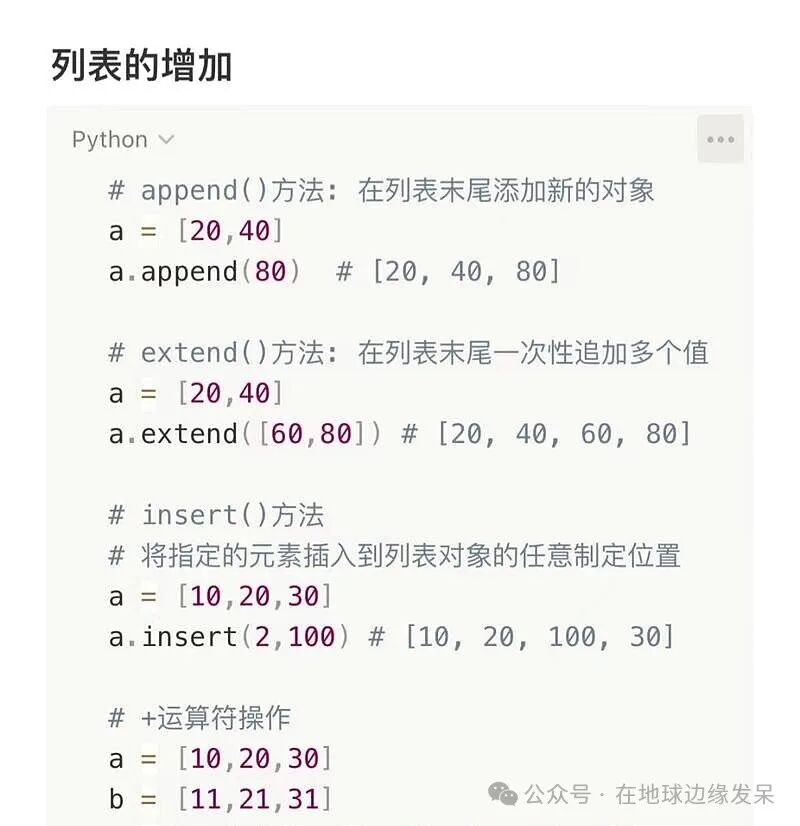
{"title": "Python Basics", "paragraphs": ["Paragraph 1", "Paragraph containing Python", "Paragraph 3"]},
{"title": "Introduction to AI", "paragraphs": ["Introduction to AI", "Python in AI", "Deep Learning"]}
]
Extract All Paragraphs Containing “Python”
python_paragraphs = [para for doc in documents for para in doc[“paragraphs”] if “Python” in para]
This is the comprehension version of nested loops! One line to handle two layers of loops. Isn’t that cool?
Practical Case: Batch Processing AI-Generated Content
Suppose we generated 10 article drafts with DeepSeek, and now we need to process them in bulk:
python run copy from deepseek import DeepSeekCompletion
import re
deepseek = DeepSeekCompletion(api_key=”your_api_key”)
10 Different Article Prompts
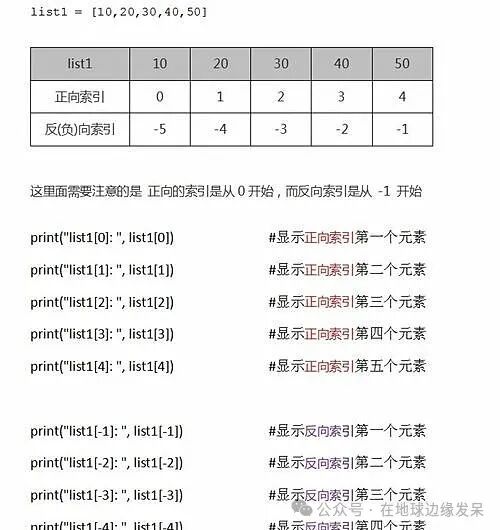
article_prompts = [f”Write a short article about {topic}” for topic in [“Python”, “AI”, “Machine Learning”, “Data Analysis”, “Natural Language Processing”, “Deep Learning”, “Neural Networks”, “Computer Vision”, “Reinforcement Learning”, “Recommendation Systems”]]
Generate Articles
articles = [deepseek.generate(prompt=prompt).text for prompt in article_prompts]
Article Processing
word_counts = [len(article.split()) for article in articles]
contains_code = [bool(re.search(r’“`python’, article)) for article in articles]
titles = [article.split(‘\n’)[0].strip(‘#’).strip() for article in articles]
Find High-Quality Articles with Code Examples and Over 500 Words
quality_articles = [(title, article) for title, article, count, has_code in zip(titles, articles, word_counts, contains_code) if count > 500 and has_code]
This is how a practical project typically uses list comprehensions to process AI-generated content. Concise and efficient!
Generator Expressions: The Cousin of List Comprehensions
Did you know? By replacing square brackets with parentheses, it becomes a generator expression:
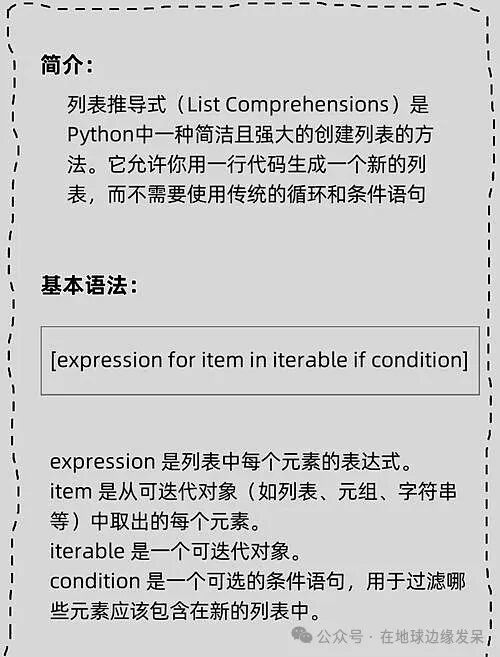
python run copy # List comprehension
squares_list = [x*x for x in range(1000)] # Immediately computes all values and stores them
Generator Expression
squares_gen = (x*x for x in range(1000)) # Computes on demand, memory-friendly
When processing large amounts of data returned by DeepSeek, generator expressions can significantly reduce memory usage. Of course, the trade-off is that you cannot access elements randomly.
Conclusion: Best Practices for List Comprehensions in DeepSeek Development
Python’s list comprehensions are truly a developer’s Swiss Army knife! Especially when handling AI model data, they can:
-
Complete complex data transformations in one line of code
-
Improve code execution efficiency
-
Make data processing logic clearer
But don’t overuse them… Comprehensions with more than 50 characters in a single line can decrease readability. For complex logic, it’s better to stick to regular loops.
Do you usually use list comprehensions to process AI data? Do you have any cool one-liner tricks to share? Feel free to showcase your “comprehension art” in the comments!
Like, share, and forward — if this article helped you, please let more Python enthusiasts see it!